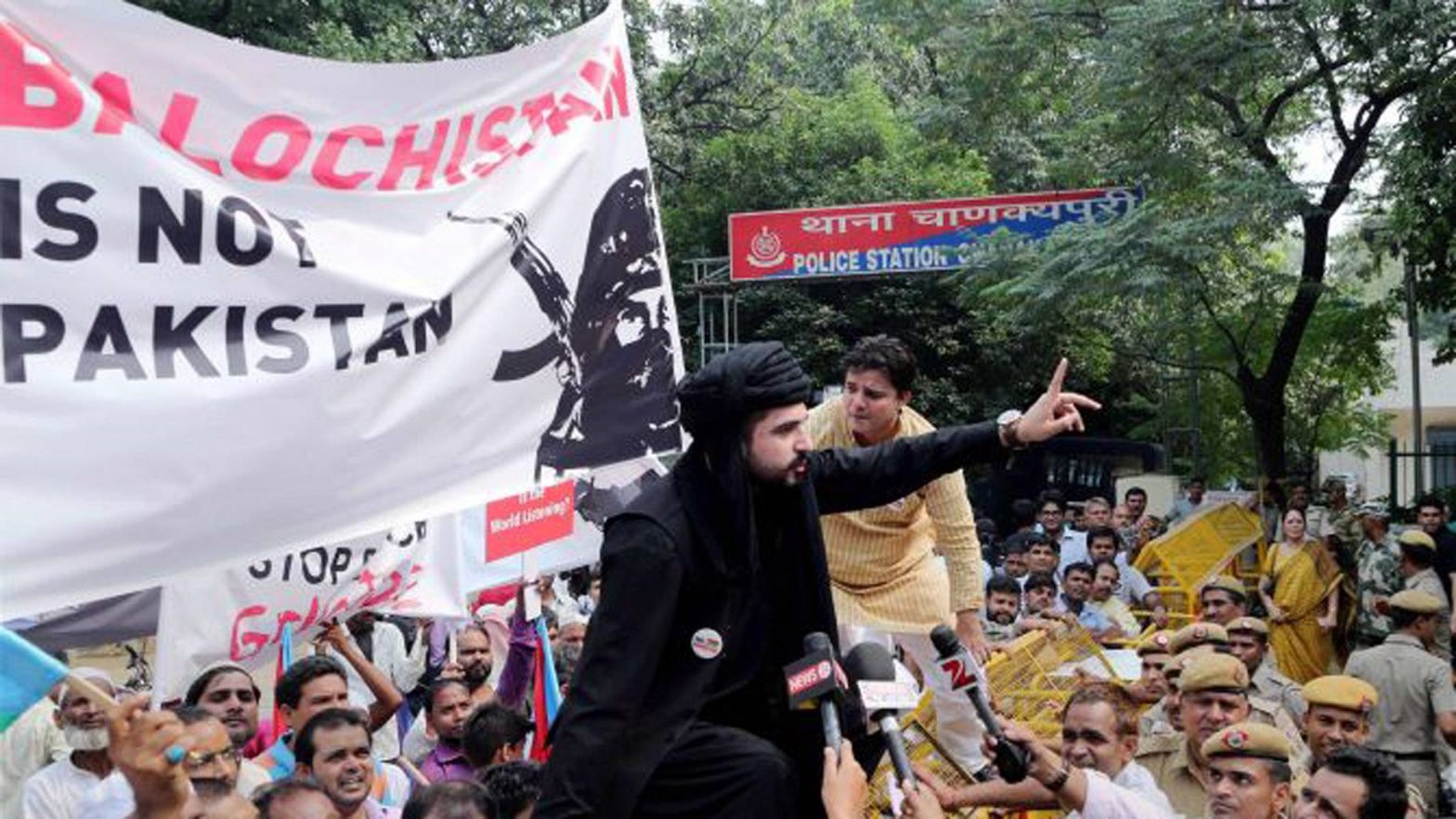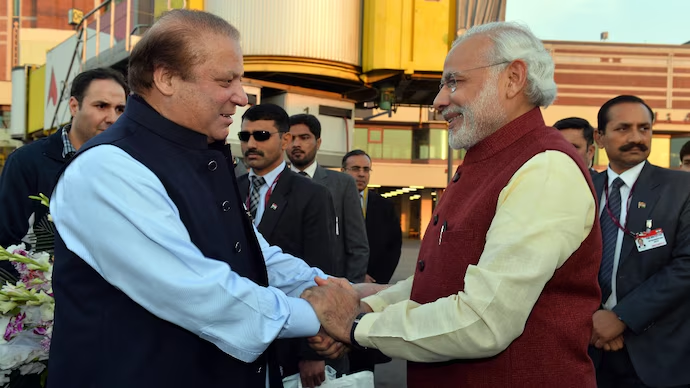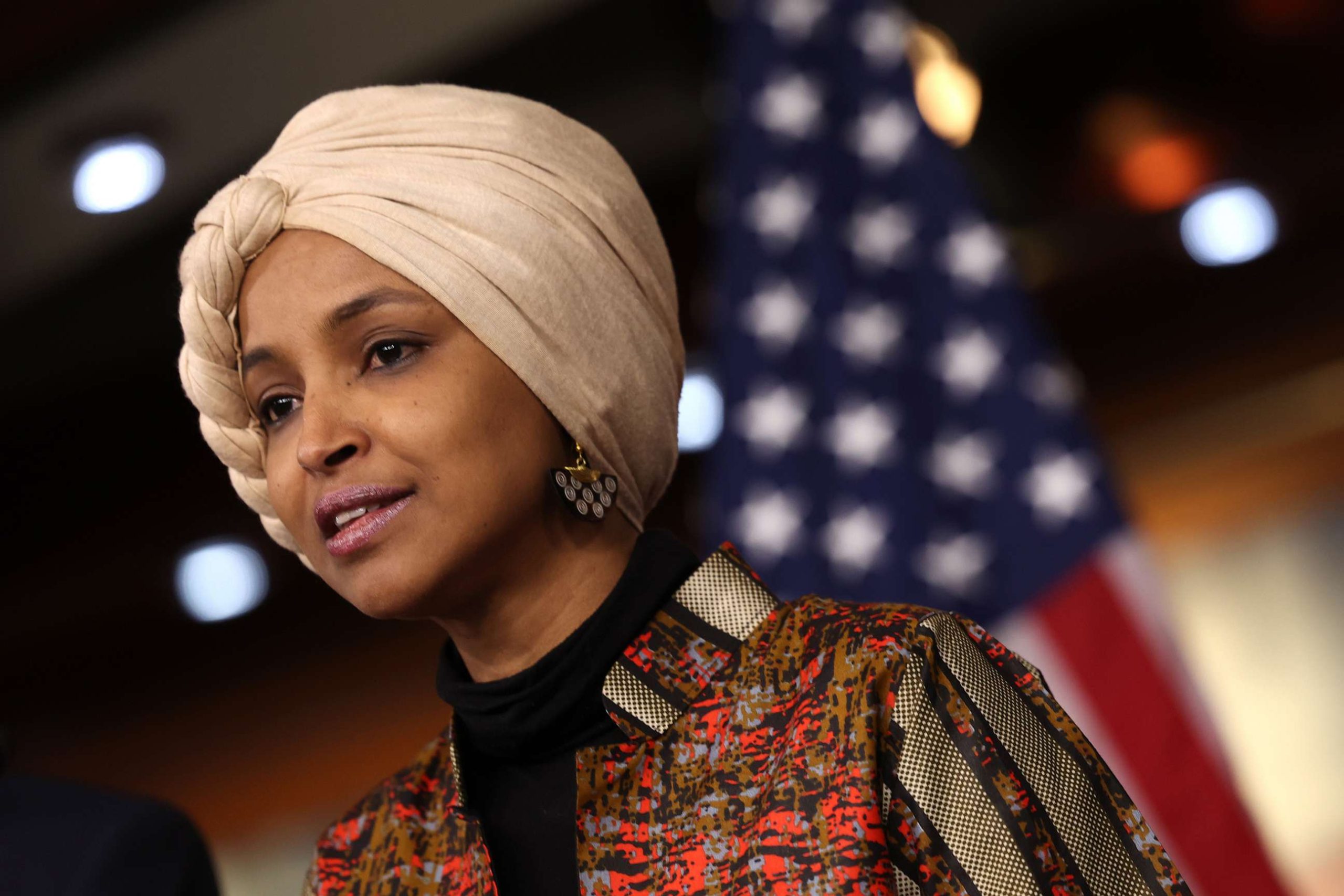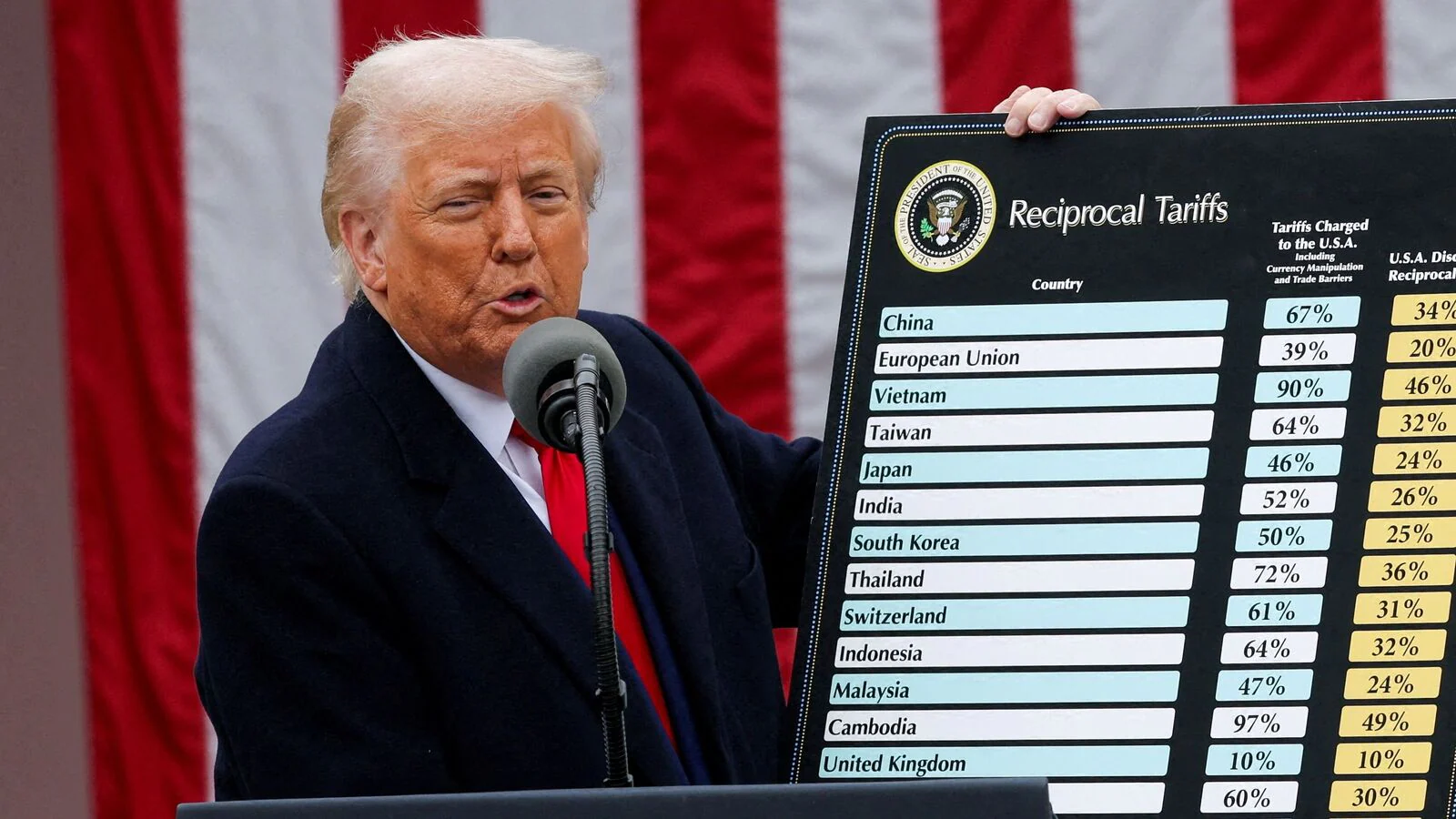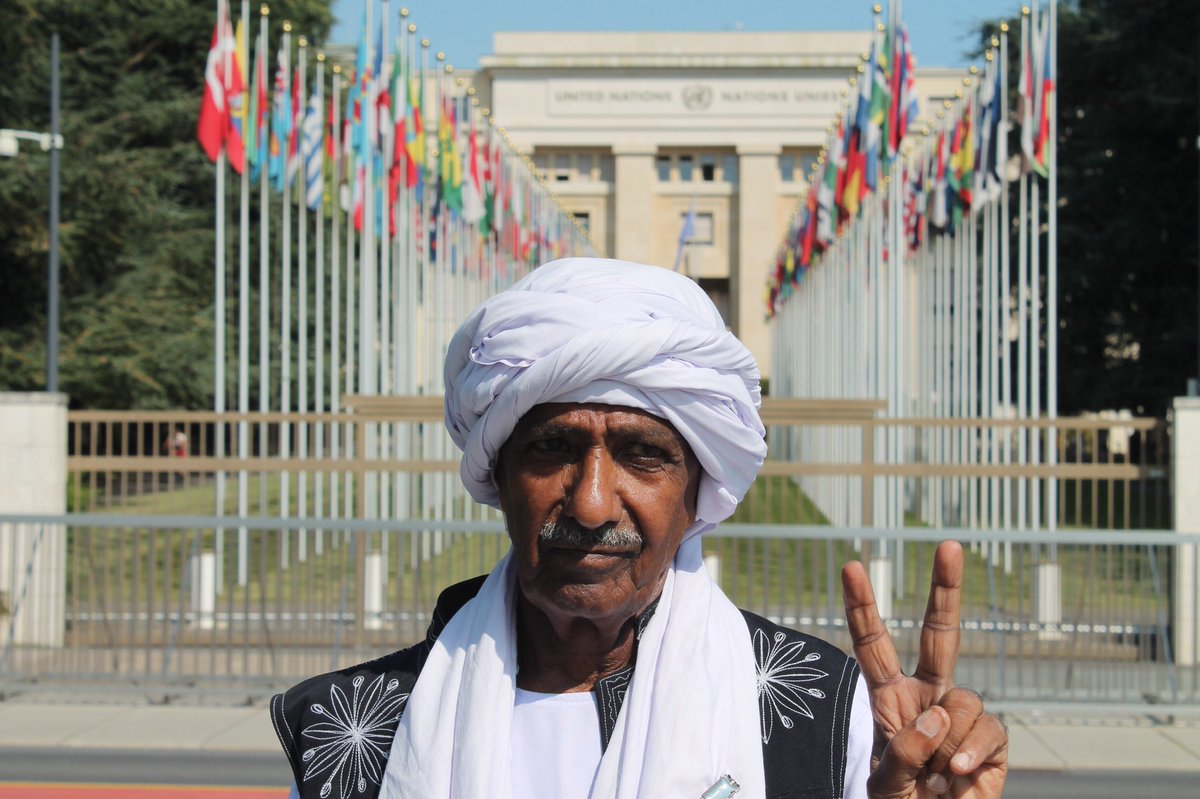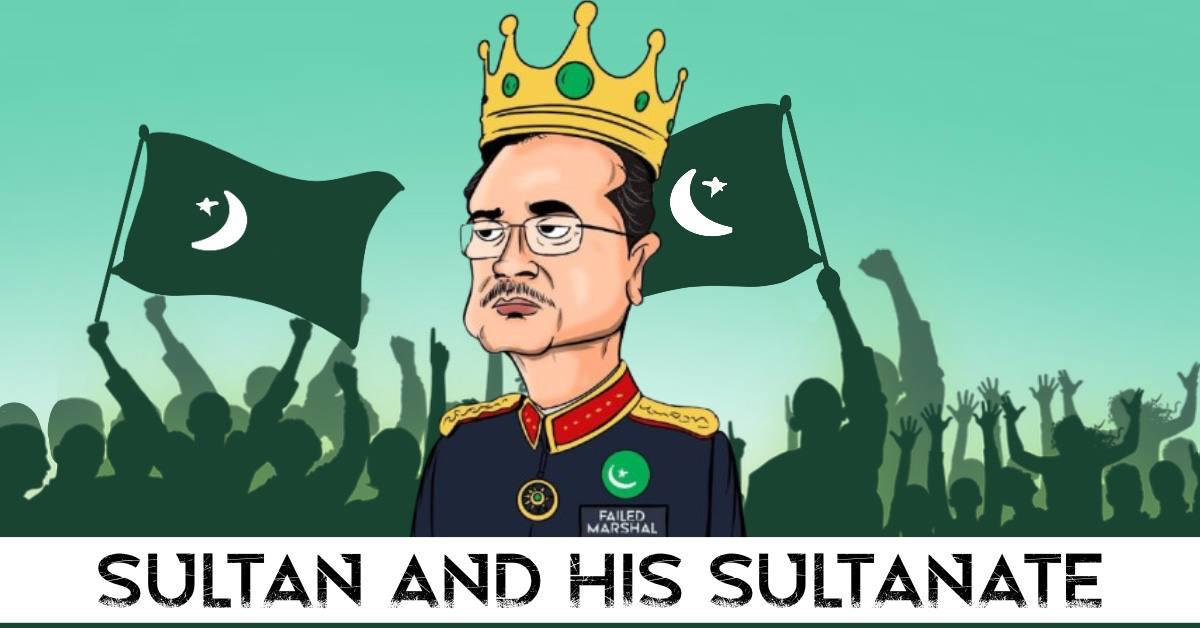In a dramatic escalation of long-simmering tensions, deadly clashes broke out on the morning of 24th July, along the Cambodia & Thailand border, marking the most serious flare-up in relations between the two Southeast Asian nations in over a decade. At the heart of the conflict lies not only a disputed stretch of rugged jungle territory but also ancient Hindu temple sites that have become symbolic battlegrounds for national pride and historical grievance.
Things are getting heated in Thailand as Cambodian forces unleash Czechoslovak-made RM-70 GRAD 122mm rocket launchers on Thai positions. pic.twitter.com/nnf9vYEgzM
— Open Source Intel (@Osint613) July 24, 2025
According to Thai officials, at least 12 people, including 11 civilians and one Thai soldier, were killed when Cambodian artillery targeted areas in Sisaket province. Among the targets struck was a local hospital in Kantharalak district, prompting a mass civilian evacuation. Over 40,000 residents from 86 border villages have since been relocated to emergency shelters. Thai authorities responded with airstrikes from F‑16 fighter jets, targeting Cambodian military positions near the disputed Ta Muen Thom temple area.
“We are defending our sovereignty,” declared Thai military spokesperson Lt. Gen. Kriangkrai Suwannarat. “Cambodia’s aggression left us with no choice but to respond with appropriate force.” Cambodian officials countered by accusing Thailand of violating their airspace and shelling border outposts, calling the Thai strikes “reckless acts of war.”
This exchange marks a dramatic turn in a territorial dispute that dates back more than a century, but has intensified since the early 2000s, particularly around the Hindu temples of Preah Vihear, Ta Muen Thom, and Ta Krabey. These temples, remnants of the ancient Khmer Empire, lie along a poorly demarcated and often contested border that runs through the Dângrêk mountain range.

The Preah Vihear temple, a UNESCO World Heritage Site perched atop a cliff with strategic and symbolic significance, was awarded to Cambodia by the International Court of Justice (ICJ) in 1962. However, Thailand has consistently challenged the ruling, particularly the demarcation of the surrounding 4.6 square kilometers, which remains a source of military tension.
Meanwhile, the Ta Muen Thom and Ta Krabey temples, less known globally but equally important in the regional context, have become the latest epicenters of conflict. These 11th-century Khmer temples lie within Cambodia’s Oddar Meanchey province but are only a few kilometers from Thailand’s Surin and Sisaket provinces. Both countries have maintained a military presence in the area, and recent exchanges of fire have made them militarized heritage sites.
Tensions first reignited in late May, when a skirmish near the “Emerald Triangle” led to the death of a Cambodian soldier. Since then, a steady breakdown in diplomacy has unfolded. In mid-July, Thai troops were injured by newly activated landmines near the Ta Krabey region—Thailand accused Cambodia of laying fresh mines, which Cambodia vehemently denied, citing leftover ordnance from past conflicts.
Major clashes have erupted this morning at several points along the border between Cambodia and Thailand, with significant escalation being seen as both sides have begun to utilize multiple-launch rocket systems and armored vehicles, including tanks. Amidst the clashes, Cambodia… pic.twitter.com/NVeylbR3HV
— OSINTdefender (@sentdefender) July 24, 2025
Relations further deteriorated when leaked audio of a private phone call between Thai Prime Minister Paetongtarn Shinawatra and Cambodian Senate President Hun Sen was broadcast by Thai media, causing public uproar and political fallout in Bangkok. The Thai Constitutional Court suspended Prime Minister Paetongtarn from duty pending an investigation, deepening internal political instability amid growing nationalist sentiment.
In retaliation for the alleged mining and artillery shelling, Thailand not only conducted airstrikes but also recalled its ambassador from Phnom Penh, closed multiple border crossings, and expelled Cambodia’s envoy. Cambodia responded in kind, escalating diplomatic hostilities and seeking urgent intervention from the United Nations Security Council. Cambodian officials have also announced plans to bring the dispute back to the ICJ, requesting a definitive ruling on the broader border demarcation around all three temple zones.
After
— Baba Banaras™ (@RealBababanaras) July 24, 2025
Russia-Ukraine
Israel-Palestine
Israel-Iran
India-Pakistan
Now Thailand -Cambodia
At least two Combodian military positions were destroyed including Brigade HQ in Airstrikes by Royal Thai Airforce. pic.twitter.com/vG9PBZKLDp
However, Thailand has rejected any third-party arbitration, stating that the dispute should be resolved bilaterally. “This is a matter of national security,” said Deputy Prime Minister Suriya Jangrong, “and we will not allow international courts to dictate our sovereign boundaries.”
Amid the saber-rattling, humanitarian conditions in the border regions are deteriorating rapidly. Dozens of schools have been closed, and displaced families are sheltering in makeshift camps lacking adequate food, water, and medical supplies. Thai officials have appealed for domestic NGOs to assist in the relief efforts, while Cambodia has reinstated military conscription to bolster its border forces.
BREAKING: 🔴
— Open Source Intel (@Osint613) July 24, 2025
Cambodia has launched an attack on the Phanom Dong Rak Hospital in Thailand as clashes intensify between Cambodian and Thai forces.pic.twitter.com/bI6QAFZt46
International actors have begun to weigh in. ASEAN’s rotating chair, Malaysia, urged both sides to exercise restraint and offered to host emergency peace talks. China and the United States have both called for de-escalation, though neither has taken a formal mediating role.
Analysts warn that without immediate diplomatic engagement, the conflict could spiral out of control. “This isn’t just about maps or monuments,” says Dr. Nithya Ratnaswamy, a regional historian at the University of Malaya. “These temples are deeply rooted in each nation’s sense of historical legitimacy. They’ve become political rallying points and emotional fault lines.”
At the time of publishing this, both militaries remain on high alert. The skies over Preah Vihear are reportedly quiet, but ground movements near Ta Muen Thom suggest that the standoff is far from over. With temple stones now flanked by barbed wire and artillery units, the ghosts of empires past cast long shadows over the future of peace in mainland Southeast Asia.



